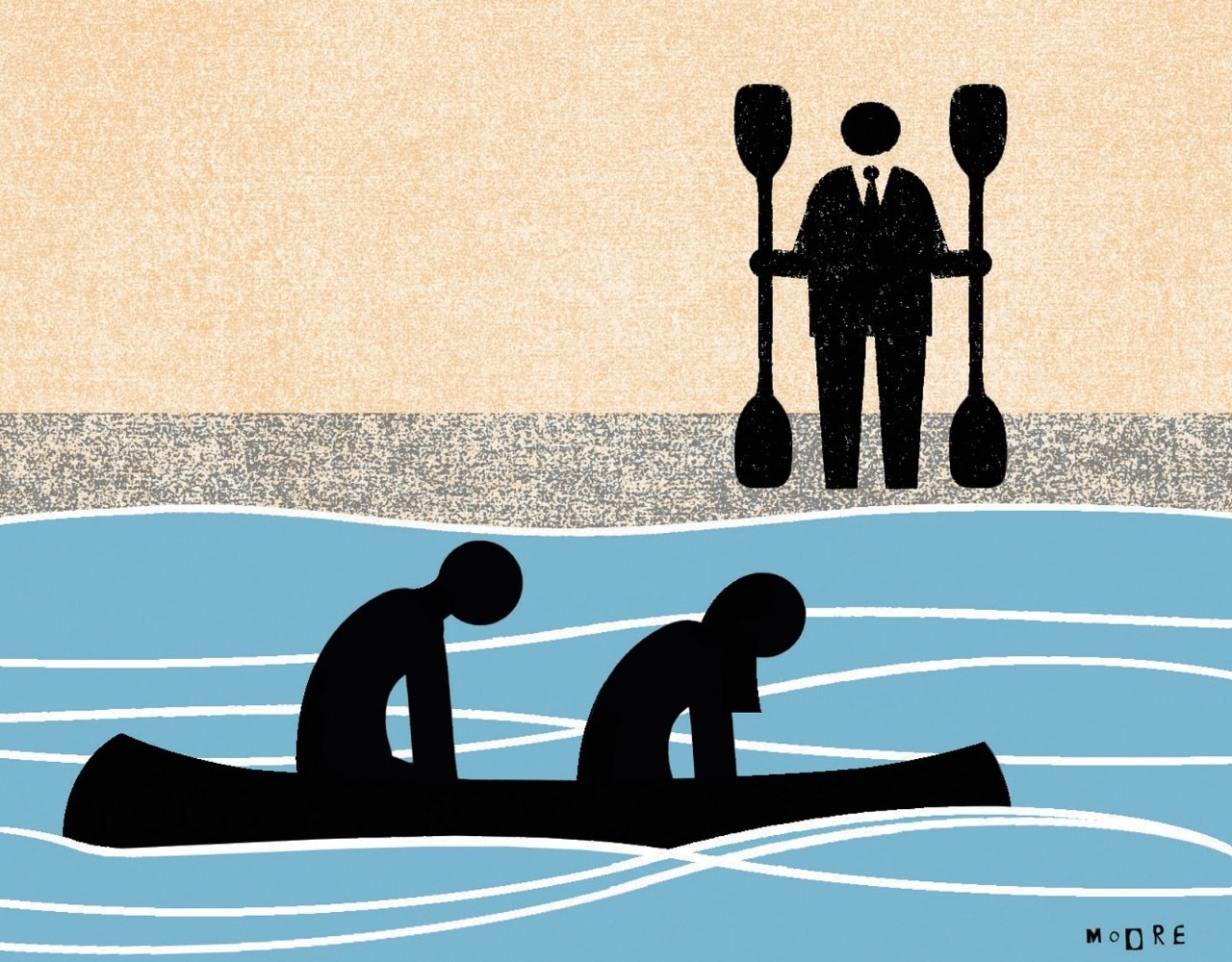Diversity Fatigue – Everything You Need to Know

How long have we been talking about diversity fatigue?
Exactly. The term “diversity fatigue” was first spotted in The New York Times in 1998 when American editors lamented how disproportionately high the number of white reporters was despite diversity programs… then opted to scale back their goals.
Huh?
Back then, the term reflected frustration with how little progress had been achieved on diversity combined with a certain giving up. Eventually the term morphed into a more hostile “we’ve gone too far”. In 2017, a Google engineer (later sacked) sent a memo outlining why women were biologically unsuited to technical roles, calling company efforts to hire more of them “discriminatory”.
Have we gone too far?
According to corporate adviser Conrad Liveris, last year there were more men named Andrew than female CEOs leading ASX 200 companies.
So diversity programs don’t work?
A 2016 Harvard study of more than 800 United States companies saw no progress over 30 years and even regression in those with mandatory diversity training. Diversity improved where the training was voluntary: increases of nine to 13 per cent in African-American men, Hispanic men and Asian-American men and women in management after five years (and no decline in white or black women).
Those gains are small. Any other ideas?
Diversity, Inc. author Pamela Newkirk credits advances at Coca-Cola – last year, the company said a quarter of its leadership team weren’t white – to a US$192 million bias settlement in 2000, a change in its compensation and promotion policies, the personal commitment of two CEOs and a court-approved watchdog.
Want to know more about diversity fatigue?
The Q&A
In Diversity Fatigue in the Workplace: How to Get Unstuck, experts offer a nuanced picture of the myriad ways staff might be flagging on the issue. They also provide 26 metrics to help identify inclusion weak spots.
The book
Pamela Newkirk makes it clear in Diversity, Inc. (2019) that a diversity officer operating outside the executive team or without measurable company goals cannot affect change.
The article
In Why Diversity Training Isn’t Enough (The New Republic, January 2020), J.C. Pan discusses the argument posed in Walter Benn Michaels’ 2006 book, The Trouble With Diversity, that championing representation does little for broader inequalities. “The underlying assumption is that our current lopsided distribution of wealth and resources would be justified so long as racial (and gender) disparities were eliminated.”
The YouTube clip
Expressing her own weariness with the corporate sector permitting itself to “work on” diversity without achieving any (Here Is the Biggest Misconception About Diversity In the Workplace, 2017), Ariel Investments CEO Mellody Hobson evokes Yoda from her husband, George Lucas’s, Star Wars movies. “You either do or do not,” she tells her Fortune Most Powerful Women audience. “There is no try.”
SEE ALSO: Strategic Agility – Everything You Need to Know


